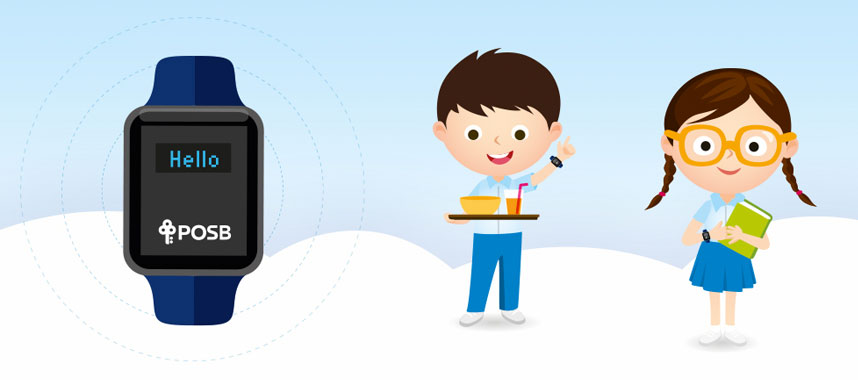The term “fintech” may be familiar to those in the finance or banking industries, but to the rest of us, we may draw a blank. It’s not just a fad, fintech actually refers to any technology that is used to enhance and support banking and financial transactions. A common example would be mobile payment apps. Within Asia, there have been many innovations in fintech, and a lot of these have been driven and developed by the banking industry itself. Here are a few interesting fintechs to keep an eye on.
1) Fund Transfer via Missed Call, Federal Bank India
Can you imagine transferring monetary funds by just making a missed call to your bank? So simple, and Federal Bank of India has made this a reality. Customers need to register themselves via text message, and they can register up to 5 beneficiaries via the service. Once registration is complete, a missed call to the given telephone number will automatically send funds to your specified beneficiary.

2) Video Teller Machines (VTM), POSB Singapore
A common grouse of technology is the lack of human touch, but POSB has bridged this gap with their innovation that allows customers to consult bank tellers for live assistance using their Video Teller Machines (VTM). The VTM allows you to perform several banking services like bill payments, pin replacements, and statement requests.

3) MaybankPay, Maybank Malaysia
The MaybankPay app is Maybank’s own “digital wallet” where customers can register their Maybank Visa debit, credit or prepaid cards onto their smartphones for contactless payment. Payment is literally a tap away once you have registered your card details onto the app. It currently can be used at outlets like AEON, Krispy Kreme, Watson’s and McDonald’s, among others. It is the first of its kind in Malaysia.

4) Biometric Payment, The Government of Japan
This will benefit tourists, and has only just started recently. So far, this cashless payment system has been introduced at tourist spots like Kanto, Kansai, and Kyushu. It is in part a tourism effort, especially as Japan will be seeing many visitors come 2020, during the Tokyo Olympics and Paralympics. The premise is that tourists will register themselves using their fingerprints and credit card details to allow them to make cashless payments at certain outlets. They will also be able to get transportation guides in their respective languages on their smartphones.

5) Smart Buddy, POSB Singapore
Parents, you’ll be thankful for POSB’s Smart Buddy innovation. If you’re concerned about your young child not being able to handle large amounts of cash, this is the perfect solution. Smart Buddy is a contactless payment ecosystem for school-going kids, with a mobile app for parents to manage spending, while simultaneously allowing kids to learn and manage finances. It can be used to buy meals and supplies at school.

6) Cash Withdrawal from Vehicles, Ola India
En route to work and don’t have enough cash on you? Well if you’re in an Ola vehicle somewhere in India, you may be able to get cash without having to leave the car at all. Ola has partnered with the State Bank of India and Punjab National Bank for this revolutionary service, that will not only save time but reduce the parking hassle that’s a common problem in India.

7) Budget Planning, NEAT Hong Kong
The NEAT app uses Artificial Intelligence to help you stick to your budget, and shop for whatever you need all over the world. All your expenditures will be categorized, and you will be able to analyse your spending without having to resort to spreadsheet software. In addition, forget sorting out any paperwork, as NEAT ensures all your financial planning can be done using your smartphone.

8) Voice Biometrics, DBS Singapore
Last year, DBS announced plans to roll-out Voice Biometrics at the Customer Service Centers in Singapore. The move is meant to simplify customer service, by reducing time customers have to spend authenticating themselves when they call the bank. Identifying their voice print is similar to using fingerprints and it means customers won’t have to remember passwords or security questions. Everybody wins.

https://www.facebook.com/tallypressmy















